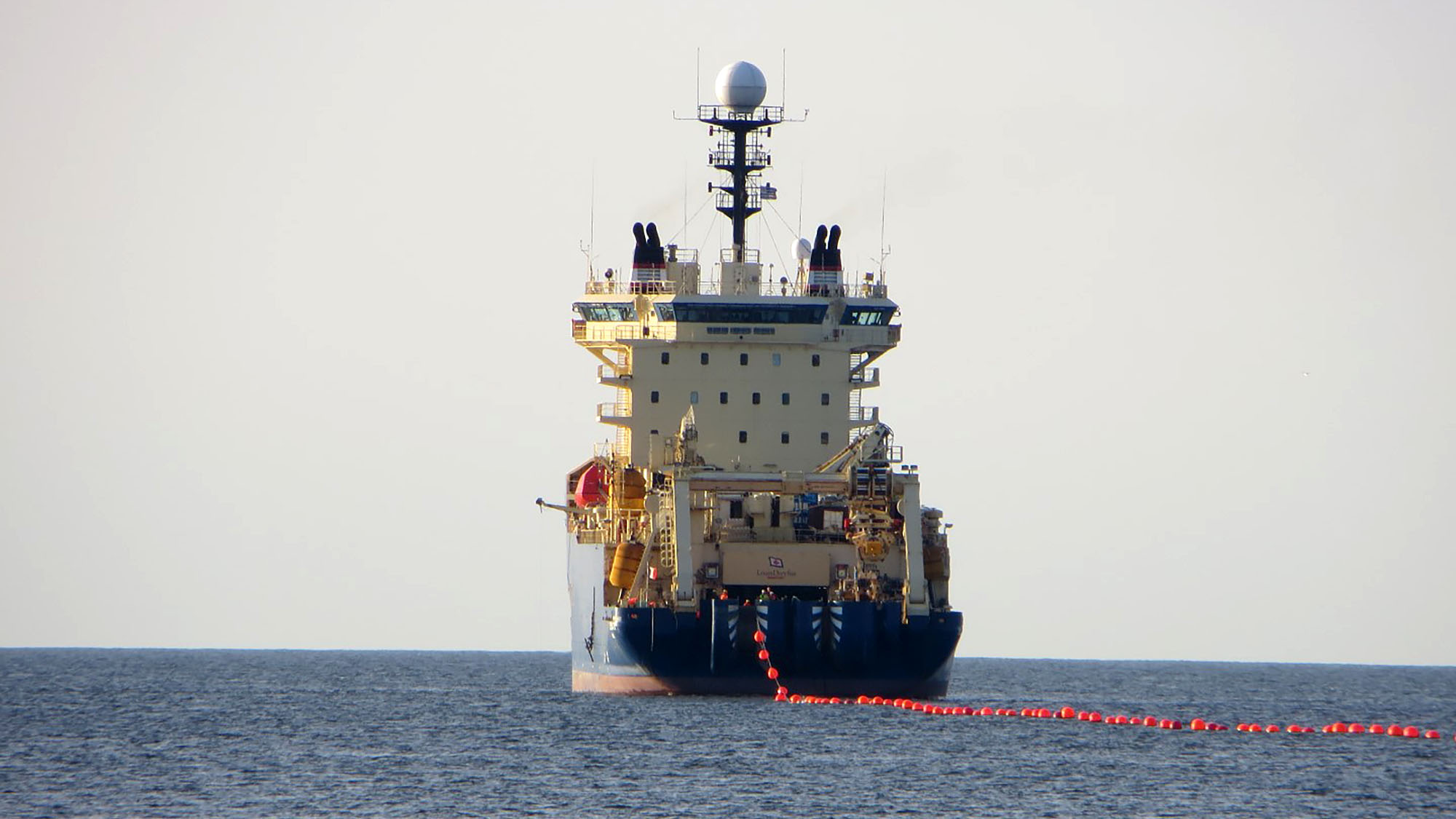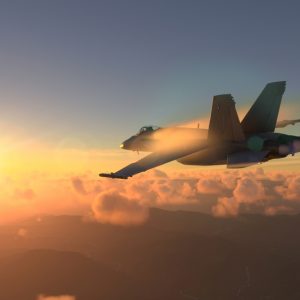
A landmark new project led by a consortium including Facebook and China Mobile will ring the entire African continent with a 23,000-mile-long, high-speed sub-sea cable set to prove a huge filip to Africa’s connectivity.
The “2Africa” cable will land at 16 African nations — with a combined population of over 760 million people — and will have a design capacity of up to 180Tbps at launch on key parts of the system, the consortium said.
2Africa will come ashore in Nigeria, the Democratic Republic of Congo, Mozambique, Ghana and even the perenially unstable Somalia, the consortium said, boosting the continent’s ability to build out high-speed 4G, 5G and fixed broadband capacity. Completion is expected by early 2024.

The cable will be laid at an unusually deep three metres below the sea surface, 2Africa said, and hold 16 fibre pairs instead of the 8 fibre pairs supported by older technologies.
It will be laid for the consortium by ASN.
Local telcos will be able to “access capacity at carrier-neutral data centres and open-access cable landing stations on a fair and equitable basis”, the consortium — which says cable laying will start in 2021 –has promised.
(These will be owned and managed by 2Africa parties or, “where necessary” by “experienced local partners” overseen by 2Africa, it said).
2Africa: Who’s Involved?
China Mobile International, Facebook, MTN GlobalConnect, Orange, Saudi Arabian telecommunications firm stc, Telecom Egypt, Vodafone and South Africa-based WIOCC are all partners in the project.
They declined to give Computer Business Review a breakdown of their respective interests/capital investment in the project.
Marine surveys have already started for the 2Africa project,
Read This! First Africa-South Americas Fibre Optic Cable Opens for Commercial Traffic
When completed the cables will not only nearly equal the circumference of the earth, but they will provide three times the entire network capacity of the existing sub marine sea cables around Africa today. The new cables will circumnavigate the continent providing unprecedented access for the region.
The cables themselves will use a specialised “aluminium conductor for submarine cable systems” developed by researchers at Facebook and Alcatel Submarine Networks (ASN) as a cheaper alternative to copper.
ASN has also doubled fiber pair capacity by implementing what they call Spacial Division Multiplexing Technology (SDMT), which improves the overall power conversion efficiency and the optical amplification.
What’s SDMT?
ASN describes this as a “efficient optical and electrical network based on repeater pump farming, low Aeff submarine fibres, and higher fibre counts”. (“Pump farming” refers to the use of optical pumps that push data down the wire for all the fibre pairs, rather than just individual pairs).
VP of network infrastructure at Facebook Najam Ahmad said: “We’re excited to be collaborating with our 2Africa partners on the most comprehensive subsea cable that will serve the continent.
“We’ve seen first-hand the positive impact that increased connectivity has on communities, from education to healthcare. We know that economies flourish when there is widely accessible internet for businesses.
“2Africa is a key pillar supporting this tremendous internet expansion as part of Africa’s surging digital economy”.
The project will include the first new subsea optical cable between the Red Sea and the Mediterranean in over a decade.
Along with the 16 African states, it will also land in France, Italy, Oman, Saudi Arabia, Spain and the UK.






